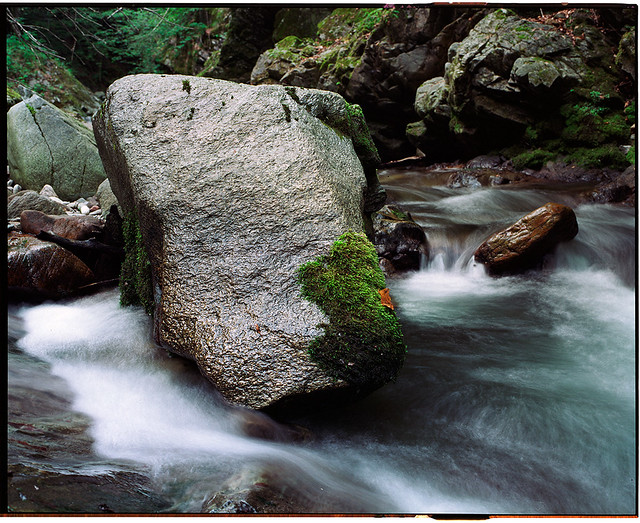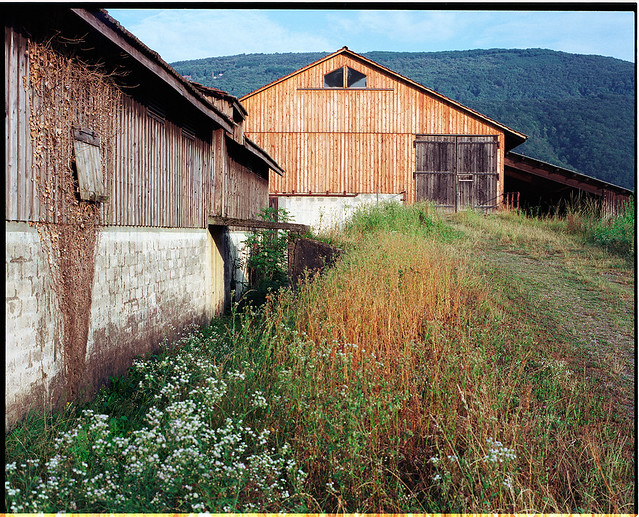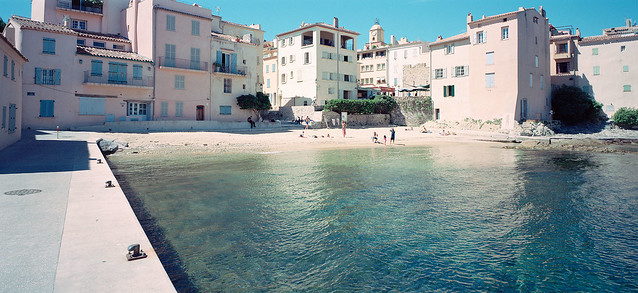Silverfast 9 bursts forth - UPDATED
just when they least expect it…
A totally unexpected email popped up in my inbox yesterday, announcing the release of Silverfast 9. It’s a weird time of year to announce a new product, but Lasersoft are a weird company (I used to think of them as eccentric, which has a certain charm, but now they’re just weird, as in irritating).
I still like Silverfast. Actually, it’s chugging away now on my Mac, but only as a input provider to Negative Lab Pro. But this update… well, let’s see what’s new:

So, the headline feature is a new E-Book, written by Chief Mad Scientist, Wing Commander Karl-Heinz Zahorsky. Ok. I wonder what Mark Segal thinks about that?
Then we have Innovative Design. Well, from the screenshots this appears to be a touch more lipstick, only this time also available in fashionable black. I regret my cynicism, but I very much doubt that any of the outstanding usability issues have been fixed. The actual layout looks 100% identical to Silverfast 8, with - and here we have to recognise a serious accomplishment - even uglier icons.
Next up, My SilverFast Portal. This is apparently a web page where I can see a list of licenses I own. Awesome.
And last but very much not least, SAC - Single Archive Command. Yes, we get the obsessive Air Force reference. What this does is anybody’s guess, but it claims to be a “One-click-archiving solution”. Basically it seems to be rearranging some existing deckchairs (auto frame finding, Job Manager, VLT), and is of use only for flatbed scanners. Also, the blurb adds, without evidence, “you too can enjoy the advantages of our scan booster with the Single Archive Command” and “75% faster with SAC”. I have no idea why scanning speed itself should be faster with SAC, or why it should be only available through SAC. Sounds a lot like bullshit to me.
So, that’s it. Apart from some other unspecified “improvements”.
And how much does it cost? Well, as ever, Lasersift is very coy about this, making you jump through all sorts of hoops to get a price. Here’s what I found, eventually:

So, the Archive Suite, which includes Ai Studio AND HDR Studio, costs less than half the upgrade price of Ai Studio alone. Ok. Whatever. Note the “new” prices though - not sure what they’re smoking up in there in Kiel, but I want some too. Of course, this only allows my to run SF9 on my Plustek scanner, not on my Canon scanner. I expect I’d have to pay the same price again to have both on SF9. And I would be very unsurprised to find that trying to run SF8 for Canon and SF9 for Plustek leads to System-Fehler-Alles-Kaput.
Anyway, I suppose I’ll buy it at some point, but based on experience the initial release is likely to be a stable as one-legged Bremerhaven dock worker after a night on the schnapps.
There is one interesting thing - apparently it supports the mythical Plustek Optic Film 120 Pro.
The website is of course a total train wreck, but you can try to check out Silverfast 9 here.
UPDATE, 21st December
Well, I did buy it. Part of the rationale was that LaserSoft have been quite generous with their upgrade policy with v8. Certainly the first 18 months or so was just bug fixing, but some useful new features were introduced in later 8.x releases, particularly the Copy/Paste settings in Job Manager.
Well, what v9 brings to the table is actually a slight improved Job Manager dialog (all it is somewhat a case of 2 steps forwards, 1 step back), and, get this, they’ve actually REDUCED the Copy/Paste functionality. Apart from that, there is nothing new I can find apart from a bit of a visual overhaul, which doesn’t amount to much. The “new E-book” displayed prominently in the marketing email is not included in the release, but is yours for an extra €29.99. This is a clear case of misadvertising in my opinion. Then again, I doubt that the content amounts to much more than self-promotion. I’ve had a good look, but I cannot find the “new NegaFix profiles” mentioned on the website. One new “feature” is that v9 implements internet-managed spyware licensing. Yet another thing for LaserSoft to screw up, and they surely will.
So-called HDR-Raw files produced in Silverfast Ai v9 and processed/saved in HDR v9 open fine in HDR v8, so clearly nothing significant has changed at the level of file processing. The much vaunted “One Click Archiving” is not enabled for my Plustek Optic Film 120, even though it can take a tray of up to 10 unmounted 35mm frames (or 5 mounted), so it could potentially be useful.
So what, substantially, do you get for your money? Maybe stability with new OS releases? A nice warm feeling that you’ve given money to that nice Mr Zahorsky & friends? I’m afraid that’s about it.
It is still, in my opinion, the best scanning software on the market, but from a company that’s even harder to like than Adobe. And that’s quite an accomplishment.














